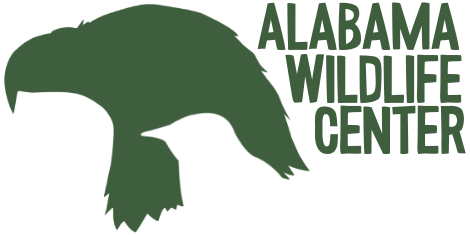Found an Injured Water or Shore Bird?
If you’ve found an injured water or shore bird, AWC will try to help you get the bird to our rehabilitation clinic inside Oak Mountain State Park
11:00 AM to 4:00 PM
(205) 663-7930 | Ext 1
Once the water or shore bird is confined, or is already confined, please keep it in a warm (not hot) quiet place, and call our Wildlife Helpline immediately for further instructions.
CAPTURE & CONFINE
Suggested Box Sizes
Small Birds (e.g., Bittern)
18″ x 18″ x 18″
Medium Birds (e.g., Gulls)
24″ x 24″ x 24″
Large Birds (e.g., Herons, Geese)
36″ x 36″ x 36″
